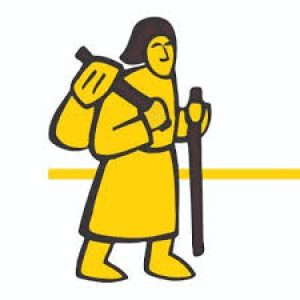The European Committee for technical interregional coordination of the Via Francigena (ECTIC) convened in Rome on 11 May on the biking route and on accessible infrastructure and services for all. Both of them are very relevant themes within nowadays tourist market and which are also in line with the Council of Europe values for an inclusive and sustainable cultural route.
During their XIth meeting at the Lombardia Region liaison office in Rome, the European Regions adhering the European Committee for technical interregional coordination on the Via Francigena, shared their experience on the Via Francigena biking route in their territories. EAVF reported on the ongoing cooperation project with the European Cyclist Federation, entitled Eurovelo 5 – Via Romea (Francigena) and which aimes at developing the biking route according to the Eurovelo standards for cycletourists, with substantial differences with the Council of Europe cultural route in France and in Switzerland while overlapping the VF route in England and in Italy. Coordinated communication activites will thus be carried out by the ECF, in cooperation with EAVF. The Italian Federation of Bike’s friends (FIAB), presented its work of tracking the Eurovelo 5 route on the ground in Italy.
Moreover, EAVF considers very much important promoting accessible territorial policies along the VF in order to develop a sustainable and inclusive cultural route for the benefits of local communities and visitors. Accessible tourist destinations along the Via was at the fore of the Basilicata Region experience shared during the meeting, through the project “MateraMare”, as part of the interregional project “Accessible itineraries for all” co-funded by Italian Ministry for Cultural Heritage and Tourism. Moreover, the Italian interregional project “Open Tourism” leaded by Emilia Romagna Region, in cooperation with other 13 Italian Regions (many of them crossed by the VF) represents a very useful platform for data collection and development for a truly accessible VF. Valle d’Aosta Region and Tuscany Region have also implemented sections of the route so that they are accessible to blind people. A roadbook on the Via Francigena would be a significant output of all these activities at the service of all tourists of the Via.



